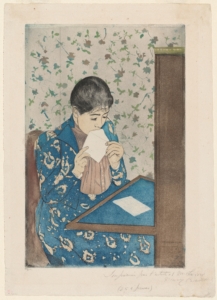Email: The Canvas of Art Business Communication
A key lesson in art education is understanding the relationship between form and content in creating meaningful works. Just as a great artist doesn’t need to disrupt the fundamental structure of painting to express genius, they benefit from recognizing the value of how those structures support their vision. Forms are familiar. Forms and mediums communicate without words, providing a framework that guides the audience. Within those forms, content is deployed with personal variation that allows creativity to emerge.
Email is no different. It’s a communication tool—a canvas—that can convey vision. Email has its forms to lighten the cognitive load for both writer and reader. It has ample opportunity for broad content, an array of colors, styles and personal voice, that allow innovation to emerge. It doesn’t have to feel like spam or, even worse, a generic “blast.”
Aligning Form with Your Art Business
Just as an artist’s use of form reflects their personal abilities and desires, email forms work best when aligned with the abilities and goals of your art business communication.
Ask yourself:
- Do you think out loud about your concepts?
- Do you have routines for finding your muse?
- Do you study works in progress to find the next steps?
- Do you appreciate viewing your finished work from different angles?
- Do you benefit from visiting other artists’ studios?
- Do you love celebrating your friends’ work?
- Do you like celebrating your own?
These joys and creative processes can become part of your email communication. Every email can include sections devoted to these treasures, helping you connect authentically with your audience.
Structuring Your Communication
For instance, a scheduled email might include:
- A Concept: Share something you’re researching for your next work.
- A Studio View: Offer a glimpse of your workspace.
- Celebration: Highlight a colleague or collaborator you recently connected with.
This structured form makes writing emails easier while also defining what you need to do for your sales and marketing efforts between newsletters.
If the process feels dull, maybe you’re working with content that’s not aligned with your vision. Choose themes you could explore on repeat. If you need novelty, mix it up with quarterly variations. For example, create four unique formats and rotate them each quarter, repeating the cycle yearly.
The Audience Comes First
Remember, your emails aren’t just for you—they’re for your audience. While your monthly studio updates might feel everyday and pedestrian to you, it is novel to your followers. It may even be a source of inspiration or intrigue for them.
Significantly, consistency in your communication builds your brand, solidifying your identity and values. Repetition isn’t boring; it’s essential for creating a strong, recognizable presence and brand.
Success Through Form and Content
Success in art—and in art business communication—comes from using forms effectively and knowing the content you love.
If this process feels overwhelming, give yourself space to reflect. Join a coworking session with the agency, or let’s collaborate over coffee to make space with you.
Banner art credits: The Letter, 1890–1891, is a color drypoint and aquatint on laid paper by American painter and printmaker Mary Cassatt. The artwork depicts a young woman seated at a writing desk, sealing an envelope—a moment that captures the intimate, personal act imprinted on each correspondence. Cassatt’s use of delicate linework and soft, layered tones lends itself neatly to digital interpolation, as the textures and subtle gradients translate seamlessly into modern digital media, bridging the tactile intimacy of traditional printmaking with the precision of the graphical form.



